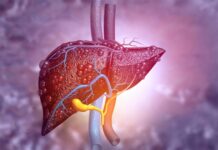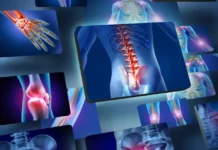NEW YORK: Scientists have found that they can reverse the urge to drink alcohol, finds a study, which may open the door to developing drug or gene therapies to control alcohol addiction.
The team at US-based Scripps Research used a laser treatment to temporarily inactivate a specific neuron, which not only reversed alcohol-seeking behavior but also reduced the physical symptoms of withdrawal.
“This discovery is exciting. It means we have another piece of the puzzle to explain the neural mechanism driving alcohol consumption,” said Olivier George, Associate Professor at Scripps.
Although the treatment is far from ready for human use, George believes identifying these neurons opens the door to developing drug therapies or even gene therapies to control alcohol addiction.
For the study, reported in Nature Communications journal, the team tested the role of a subset of neurons in the ensemble, called corticotropin-releasing factor (CRF) neurons. They found these CRF neurons make up 80 per cent of the ensemble.
Rats were surgically implanted with optic fibres aimed to shine light on the CRF neurons – to make them inactive at the flip of a switch.
Once rats were alcohol dependent, the researchers withdrew alcohol, prompting withdrawal symptoms in rats. When they were offered alcohol again, rats drank more than ever. The CeA neuronal ensemble was active, telling rats to drink more.
When the CRF neurons were inactivated, rats immediately returned to their pre-dependent drinking levels. The intense motivation to drink had gone. Inactivating these neurons also reduced the physical symptoms of withdrawal, such as abnormal gait and shaking.
“We were able to characterize, target and manipulate a critical subset of neurons responsible for excessive drinking,” said Giordano de Guglielmo, staff scientist at Scripps. IANS







